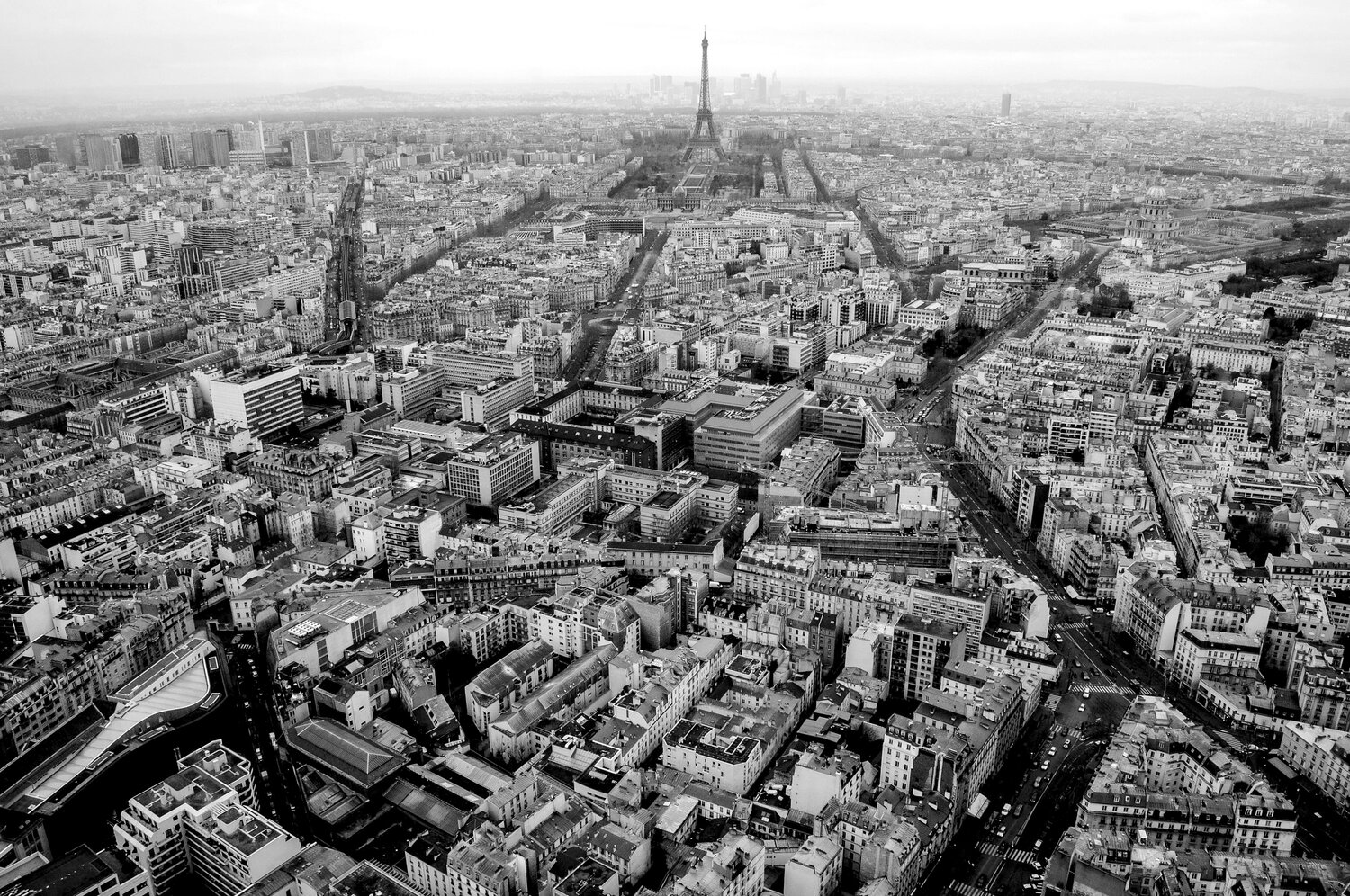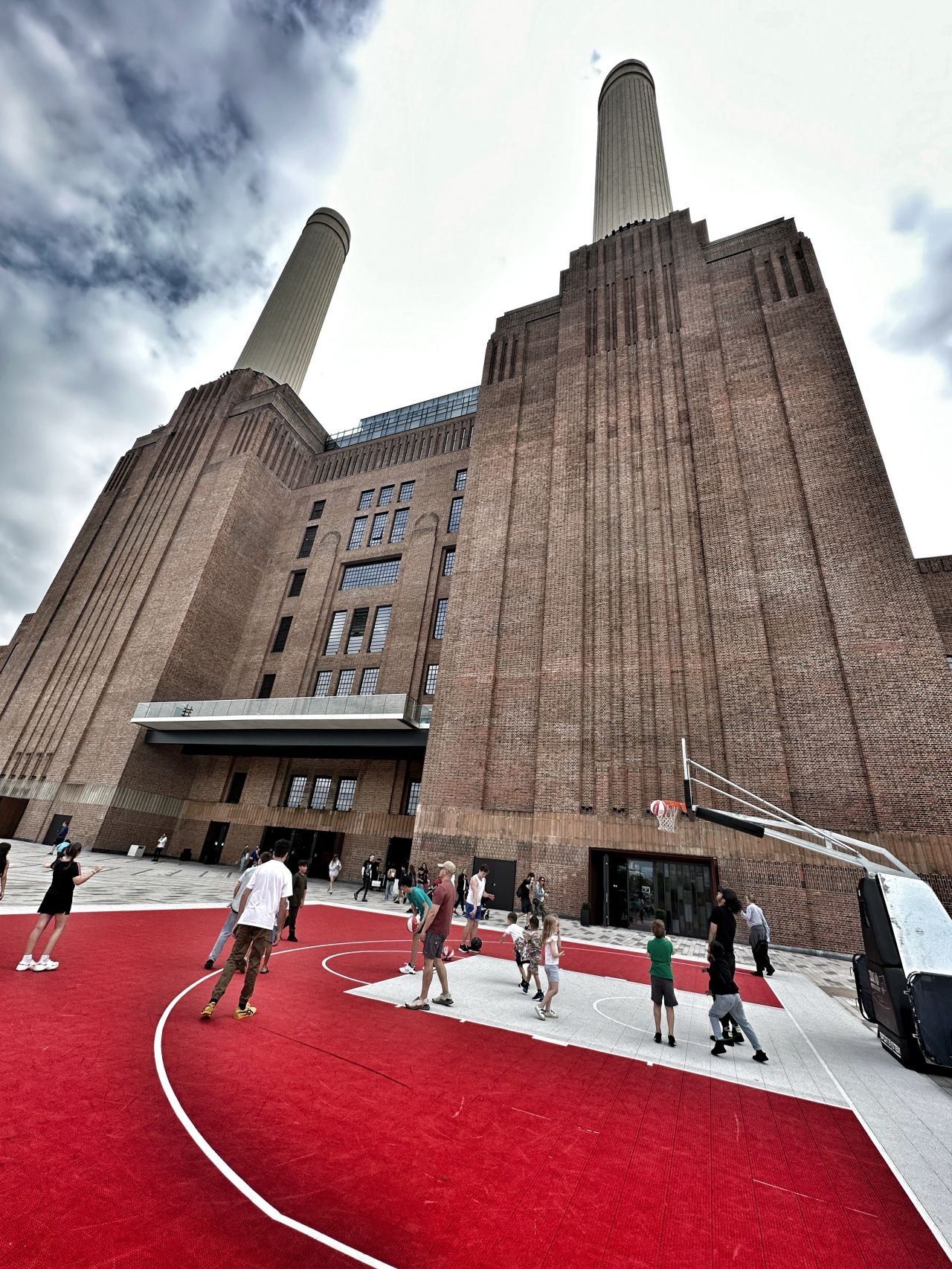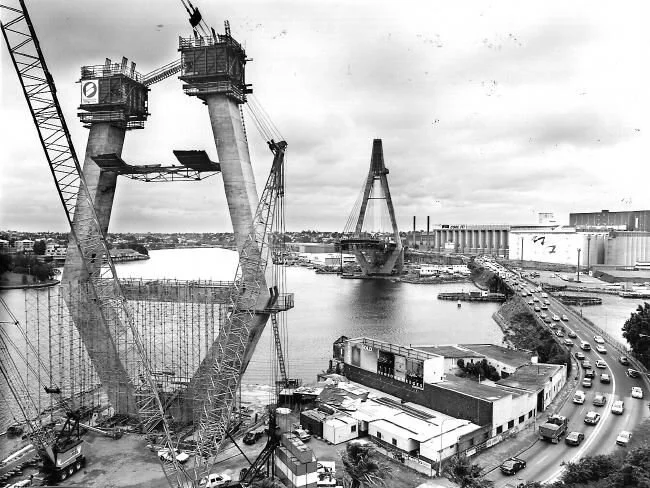Cities across the world are seeing a dramatic increase in cycling. Is this a short lived fad, or are we witnessing the start of a revolution in urban transport?
The rise of the car in the 50s and 60s completely transformed cities – first across the USA, and then the world. Once centred around walkable shopping districts and train lines, cities began to spread into vast suburbs and homogenous landscapes.
Cars didn’t only change our cities, but they also changed our way of thinking. The car became a symbol of freedom, a symbol of maturity and a form of identity in the western world.
Today, we are seeing cities across the globe turn to alternative forms of mobility, and trains, trams and buses are back on the planning agenda in a big way. 60 years ago, one of the world’s most extensive tram networks (180 miles) was destroyed in Sydney, Australia, to make way for the private car. Today, the city is once again investing billions into a new light rail system that it hopes will relieve some of the city’s severe congestion.
We’re also seeing (re) investment into bicycle infrastructure in downtown districts across the globe. Over the last few years, cities like New York have constructed hundreds of miles of bike paths and bike share schemes are popping up in every corner of the globe – from Hangzhou’s ‘Public Bicycle’, to Paris’ Vélib’, to Montreal’s ‘Bixi’.
Bikes are also having a renewed surge of popularity. Portland hipsters are taking to the streets on fixies, east Londoners are dusting off vintage Raleighs and Sydney corporates are swapping golf clubs for lycra… As a result, the growth in cycling numbers has been immense in many cities worldwide. Italy has recently recorded that bike sales have outstripped car sales for the first time since World War II; the number of commuter cyclists in new York has doubled over the last five years; and for the first time in decades, a London borough (Hackney) has recorded that more people cycle to work (15%) than drive (12%).
Is all of this a revolution, or is it simply an urban fad?
The ‘bike boom’ of the United States saw similar trends in the late 60s and early 70s. Between ‘63 and ‘73 bike sales increased from 2.5 to 15 million, companies such as Union Carbide installed bike racks for employees and more than 50 cities across the country began planning bike paths with funding from the federal government. While there are many assumptions about why the American ‘bike boom’ ended, it’s likely that it had something to do with the end of the fuel crisis and recession.
Unlike America in the 70s, today we really are beginning to realise that our growth is unsustainable. We’re aware that we can no longer keep producing without recycling, we can no longer all own large homes, and we can no longer all drive to work – not only do our cars not all fit in our cities, but we are also running out of the very resource that drives them. There are simply too many of us. And yes, some argue that in our highly urbanised world, we could spread our wings by repopulating and revitalising rural areas. But not only do we rely on the economies of scale of cities to compete in the globalised world, but the ‘green’ countryside is also very ‘brown’. Those living in spacious rural areas generally have far greater environmental impacts than those in cities. As a result, we’re seeing transit-oriented housing developments, a move towards cleaner energy sources, urban congestion taxes and rising fuel prices. These are all putting pressure on drivers and making the move to two wheels seem slightly more practical.
Is the movement global? Not every city is adopting bike use in the same way, and some cities aren’t moving towards bikes at all. An array of factors will determine how, exactly, these changes are occurring. Some cities already have a deeply embedded bike culture (Copenhagen), some cities have stubborn politicians (Sydney), some cities are simply too hot (Phoenix), too cold (Ulan Bator) or too vast (Los Angeles). But across the globe we are beginning to witness a shift in the way we think about urban mobility.
The car will not simply disappear and bicycles will not suddenly take over our streets. But as we look for alternative solutions to our current transport woes, cycling is suddenly looking like a pretty smart option.
Rather than just a fad, I’d argue that today’s boom will be sticking about for a while. Just like the revolution of a wheel, we are perhaps, returning to where it all began.


















